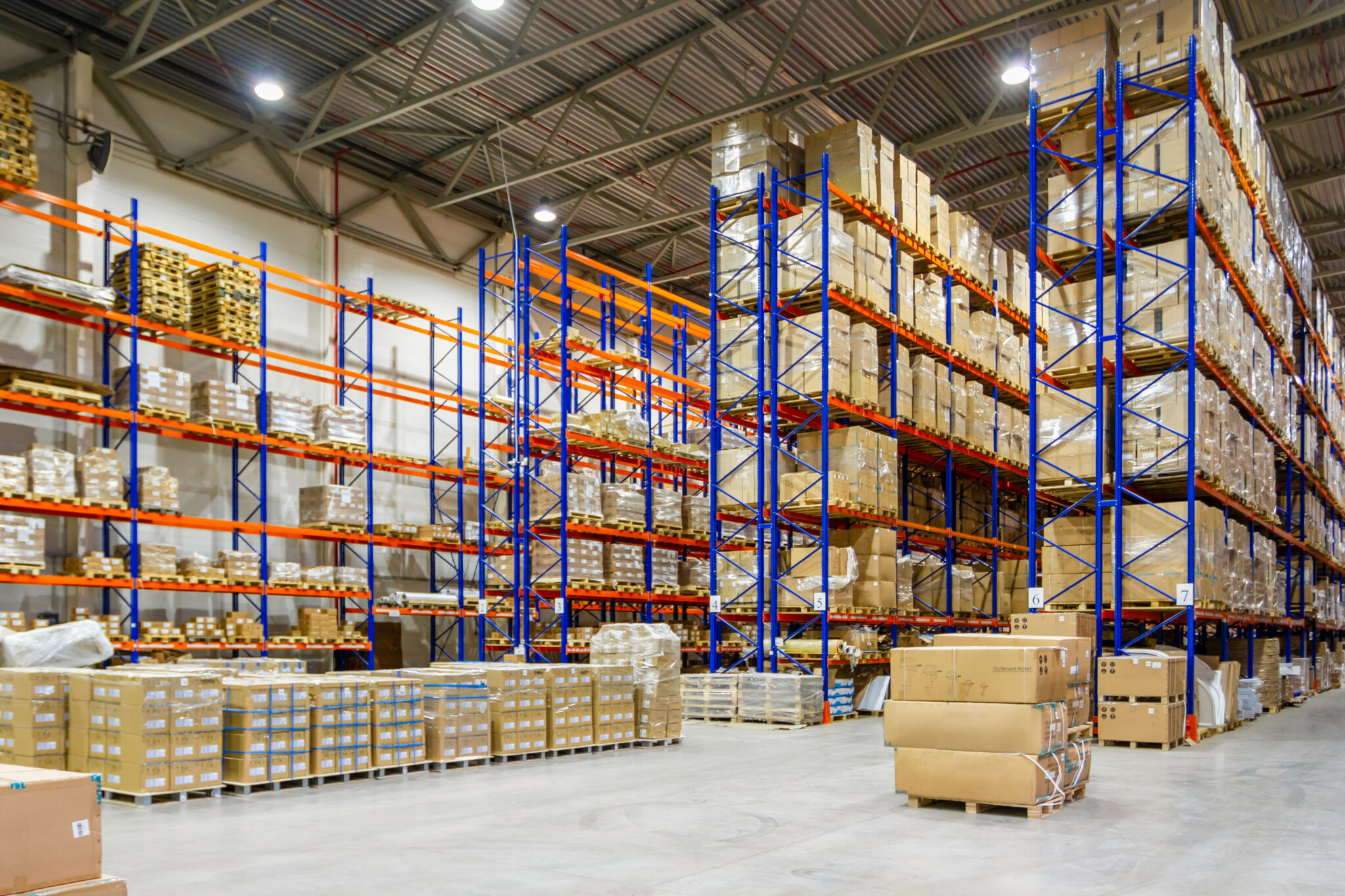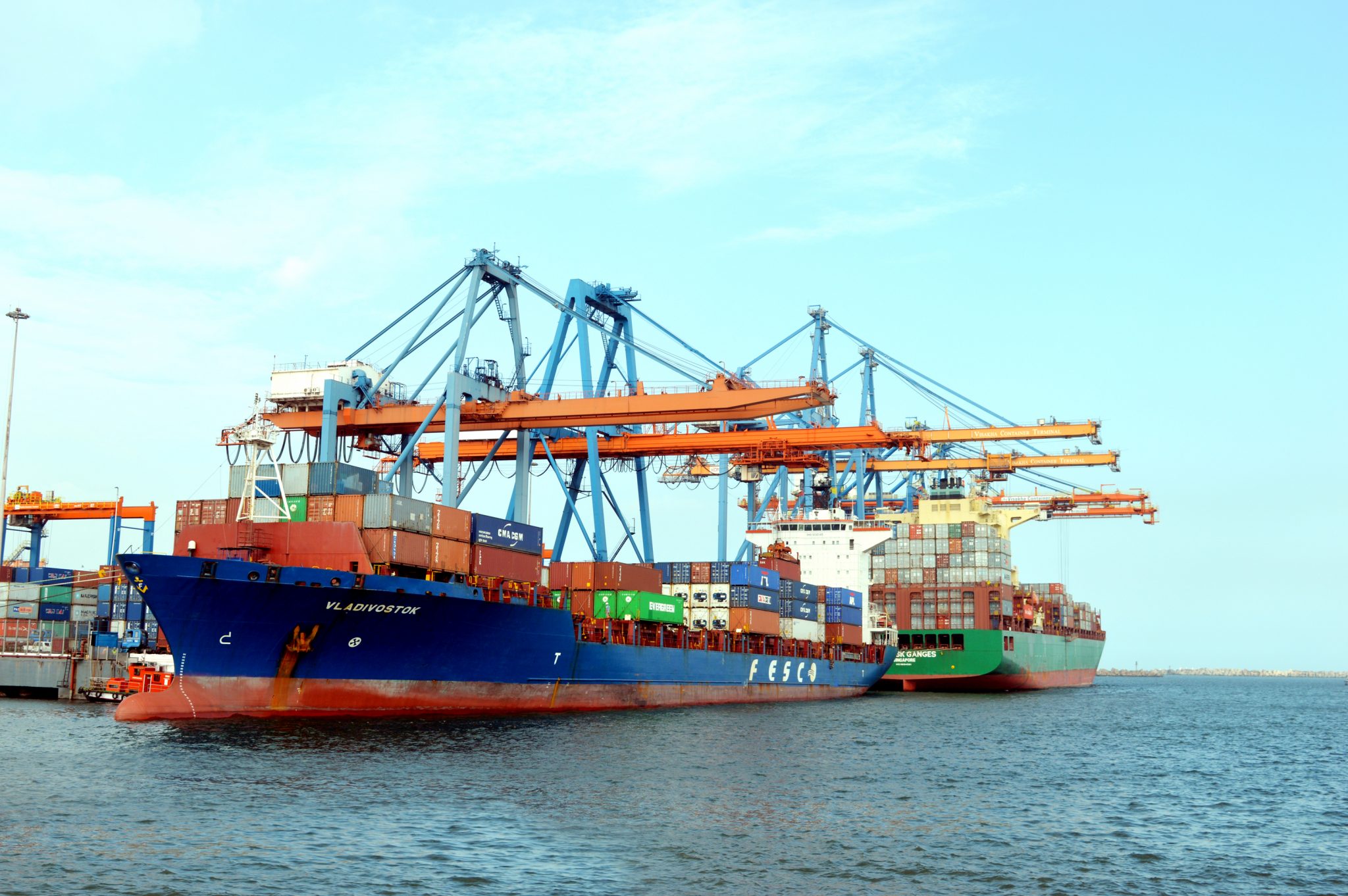Sourcemap, a global provider of supply chain transparency and traceability software, today announced that Amer Sports – the parent company of premier athletic apparel and equipment brands such as Arc’teryx, Wilson, Salomon and others – has signed on to track and trace critical commodities such as cotton and viscose, also called rayon.
Amer Sports will leverage Sourcemap’s full-suite supply chain transparency solution to collect transaction certificates for certified materials and independently verify the company’s and its subsidiaries’ entire chain of custody, from raw material to finished product, across its supply chain spanning five continents.
Two common raw materials for everyday and activewear across the apparel industry, cotton and viscose traverse through a number of intermediary stops, from the forest or farm at which it is sourced to retailer shelves. Between ginners, traders, fabric mills, sewers and other middlemen, thoroughly checking and controlling how and where these materials move is typically a costly and technically difficult challenge. In the U.S., legislation like the Uyghur Forced Labour Prevention Act has forced importers to irrefutably prove how their cotton and viscose are sourced or risk legal and financial repercussions, but fewer than 20 percent of apparel companies surveyed by KPMG reported having full visibility into their supply chains.
The parent company of established consumer brands such as Arc’teryx, Salomon, Peak Performance, Atomic, Wilson, Armada, ENVE Composites, Louisville Slugger, DeMarini and Sports Tracker, Amer provides everything from household hardgoods such as sports equipment to high-performance outdoor apparel. With such complex supply chains, Amer relies on real-time commodity mapping to ensure material compliance.
“Customer satisfaction is one of our main priorities, and we achieve this when we create total transparency and compliance with local and international mandates within our complete supply chain,” said Pascal Covatta, VP of Global Sourcing at Amer Sports. “Sourcemap is the integral partner enabling us to answer these customer needs and compliance expectations for our end-to-end supply chain transparency.”
Pioneered by Sourcemap, the supplier discovery process connects direct and indirect suppliers, sites, shipping lanes and transactions for an up-to-date graph of entire global operations. On average, Sourcemap customers discover more than 10,000 suppliers during the process; since signing on as a customer, Amer already has undergone Sourcemap’s supplier discovery program for one of its essential commodities: cotton, identifying upstream suppliers from farms to mills to factories within its supply chain.
Ahead of its peers, Sourcemap offers a certification workflow, a customizable solution that ensures brand protection and credibility along every tier of the supply chain. Thoroughly collecting an audit trail of evidence for future reporting, Sourcemap’s certification workflows are multi-brand, multi-certification and multi-commodity, ensuring every component of the value chain is verified. By utilizing Sourcemap’s certification workflow, Amer is able to manage its intricate supply chains with end-to-end visibility into the entire value chain, an essential undertaking to remain compliant and competitive.
“We will continue to see forward-thinking brands like Amer with complex supply chains that span nearly every corner of the world move beyond legacy mapping systems,” said Sourcemap CEO and founder Leo Bonanni (pictured). “As global companies continue to build resilient supply chains, traceability and transparency move even closer toward the centre of successful business planning. Sourcemap is key to helping companies across all sectors stay one step ahead.”











